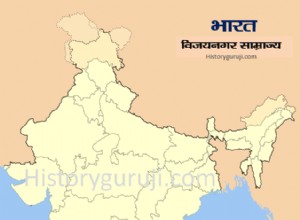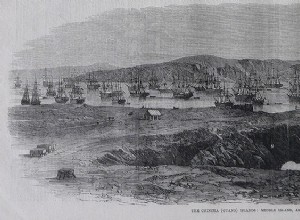The fourteenth century saw the emergence of two great powerful empires in South India - one was the Vijayanagara Empire and the other was the Bahmani Empire. The Deccan region was part of the provincial administration of the Delhi Sultanate. The Vijayanagara Empire was founded on the banks of the Tu




![[Aizu uproar] Does the quarrel between the tyrant and the elder cause the worst ending?](/article/uploadfiles/202207/2022072209273571_S.jpg)